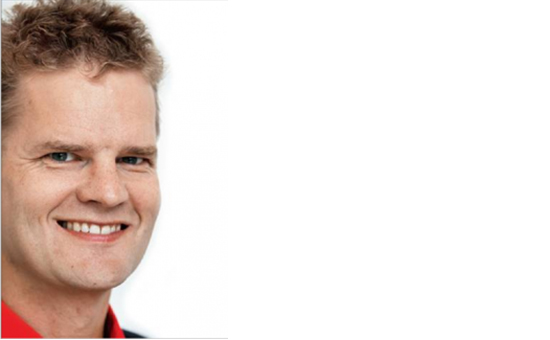“Family firms smack of tight control, risk aversion, lengthy CEO tenure, existing in traditional industries and products,” Bennedsen says and cites some research that claims that family ownership even harms innovation for these reasons.
But the key to success and in this case innovation are the family's value-creating resources, such as name, reputation, legacy, networks and values. According to Bennedsen such assets are capable of attracting employees, boosting motivation, increasing stakeholder loyalty and building valuable networks.
As an example Bennedsen points to family members of German technology company, Heraeus. These have a long family tradition of acquiring doctoral degrees and holding high-level research positions in chemistry and physics, which gives the firm privileged access to the latest scientific knowledge according to the Insead professor.
Loyalty is also a strong driver for innovation and as family members are much less likely to sell their businesses, they are often forced to innovate when faced with obstacles. As another example Bennedsen names Dutch trading company, Van Eeghen. “In the late 18th century when its trade in Western Europe was affected by the French revolution and the campaigns of Napoleon, trade with England was paralysed,” the Insead professor writes. “Van Eeghen redirected trade to North America, using the opportunity to buy land and put down roots there.”
Today the company still follows in the footsteps of its ancestors and is a master in adapting to new environments and demands. The most recent reinvention of itself is that Van Eeghen has introduced a new operating company which focuses on nutritional health and food fortifying ingredients but has dropped the commodity markets of coffee, cocoa, hides and tobacco.
There are, however, a few shortfalls of family firms as well. Loyalty of stakeholders can turn around on family firms by being tied to suppliers that might provide inferior products or inferior organisation for example. It can also be harmful to be unwilling to increase the “circles of power”, even if a non-family member might be a more effective change agent.
To avoid these trapdoors for family firms, Insead’s research recommends to institutionalise innovation through family and corporate governance and incentivising key individuals.
Bennedsen’s example for this is the French Mulliez family, which founded Auchan, one of the biggest supermarket chains in the world. With a rapidly increasing family size, the Mulliez family invented a new organisational structure restructuring ownership and creating a private equity company within the group. It also developed a dual governance structure, a family pact and a formal educational system for young family members.
Find full report here:
How to Institutionalise Innovation

